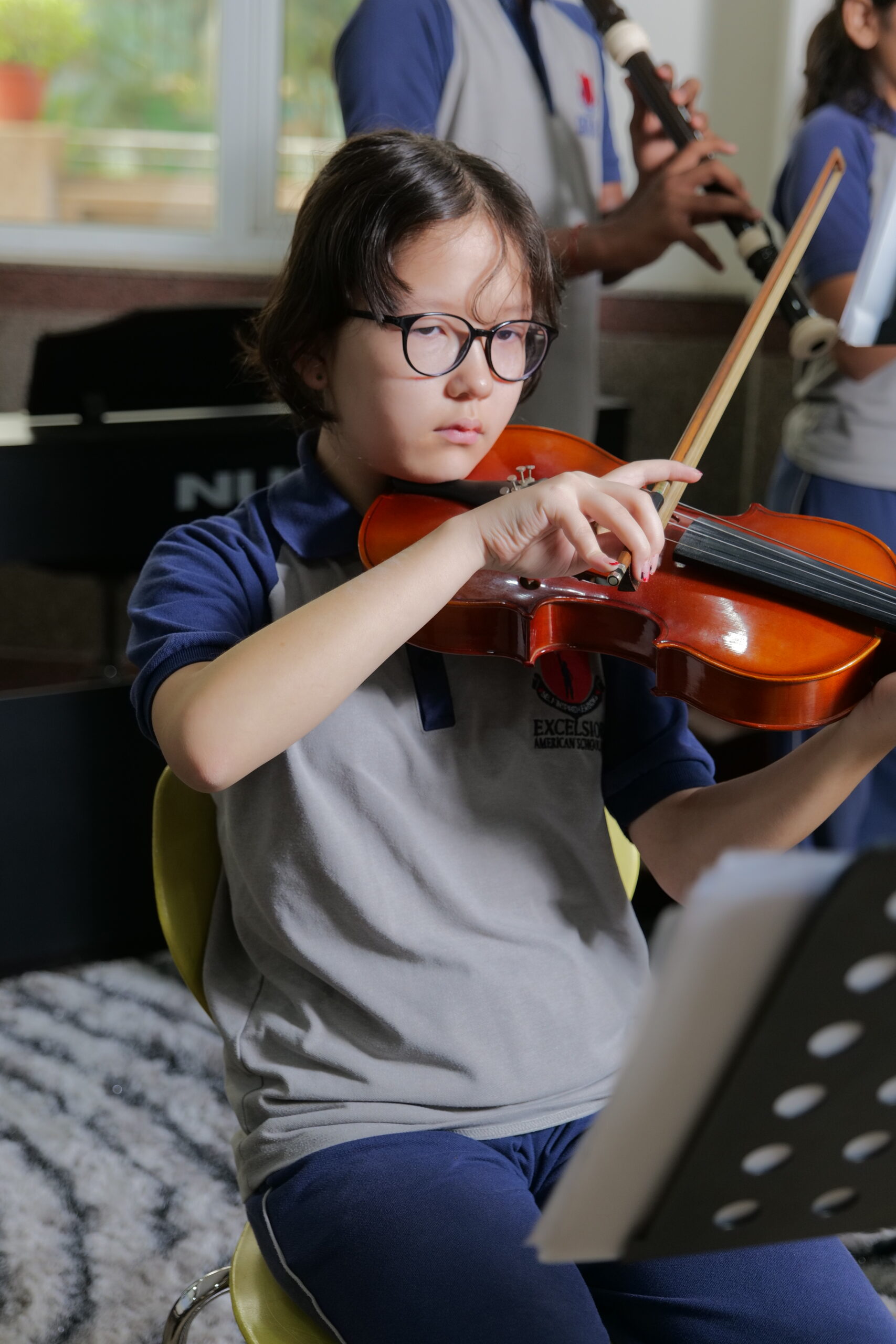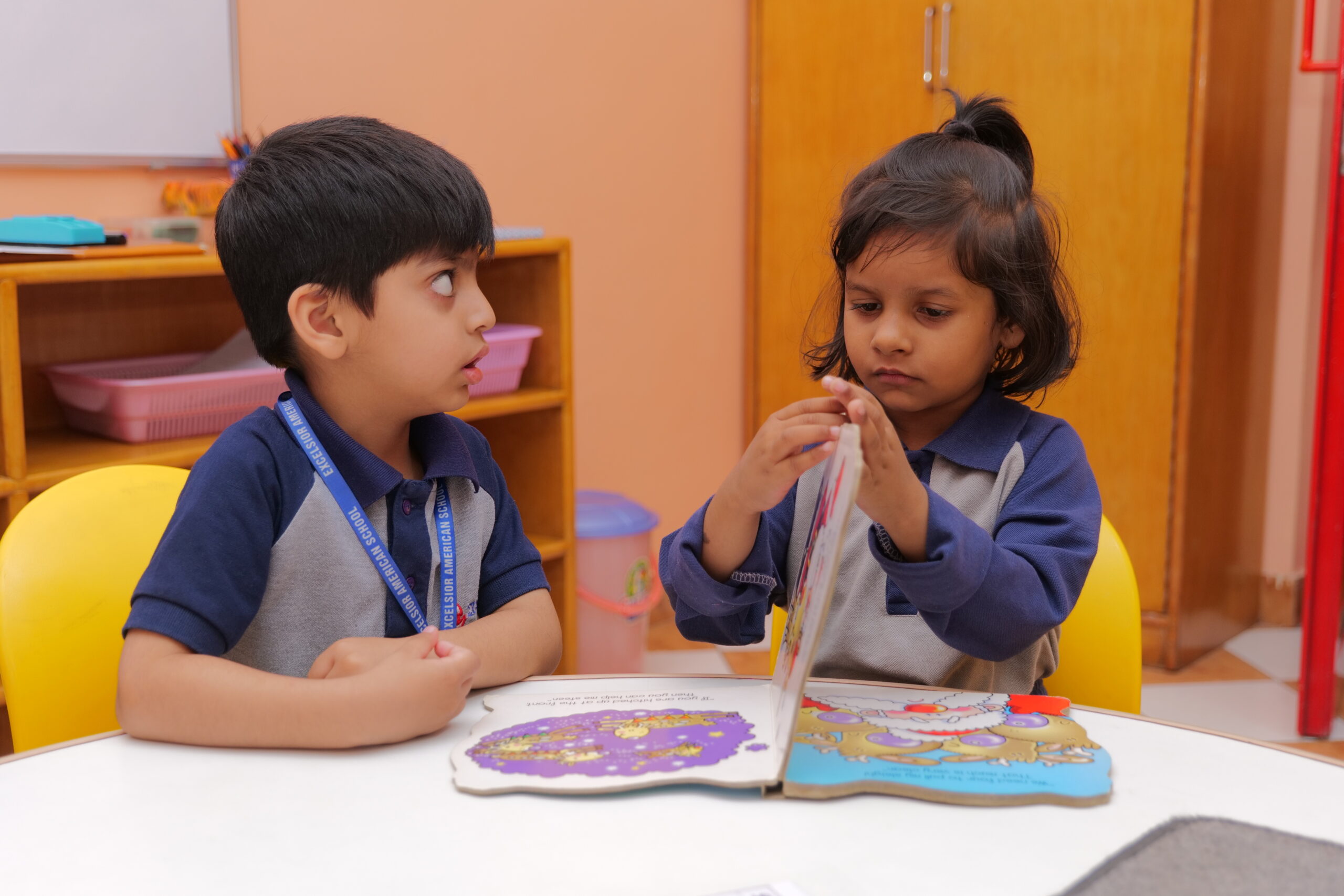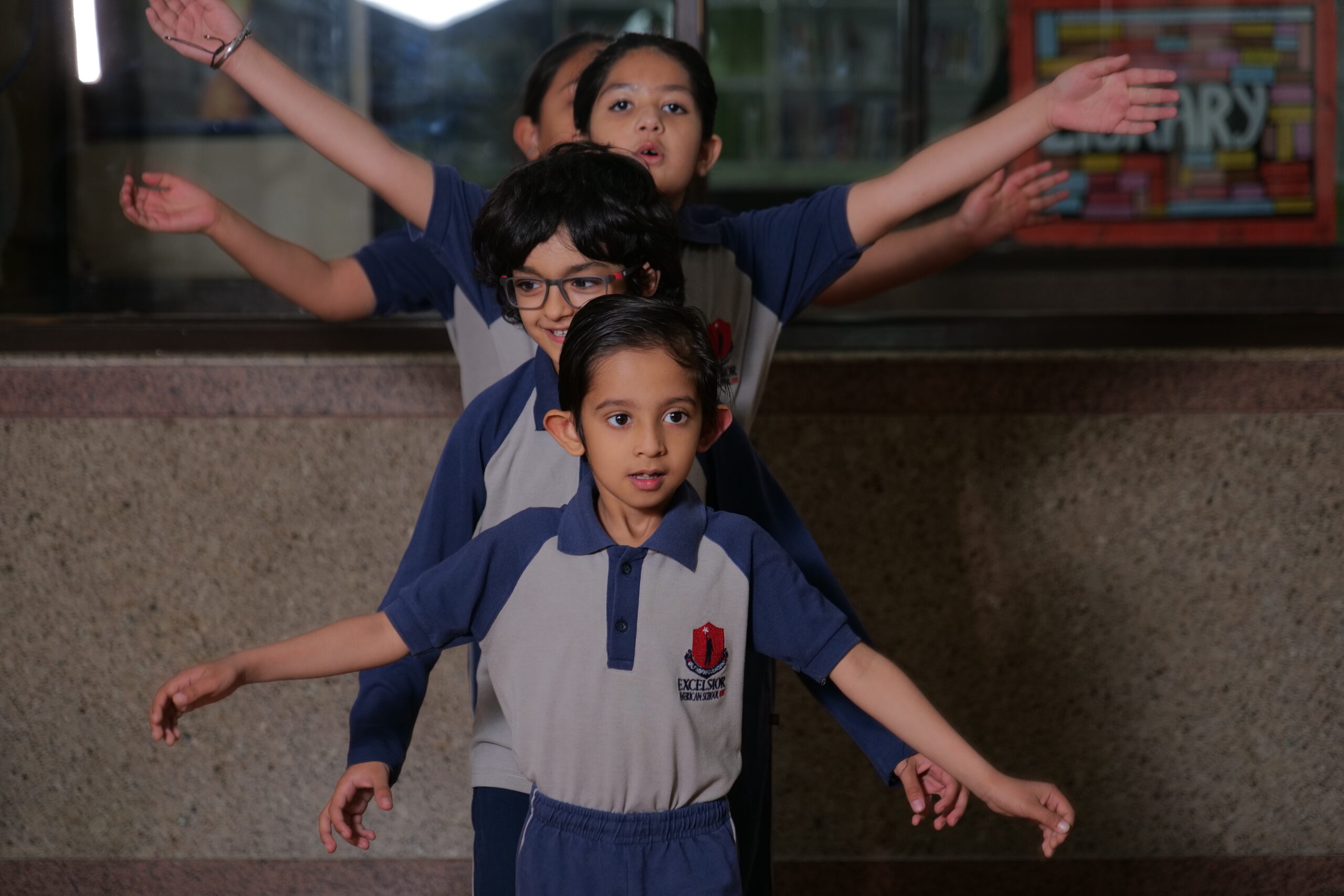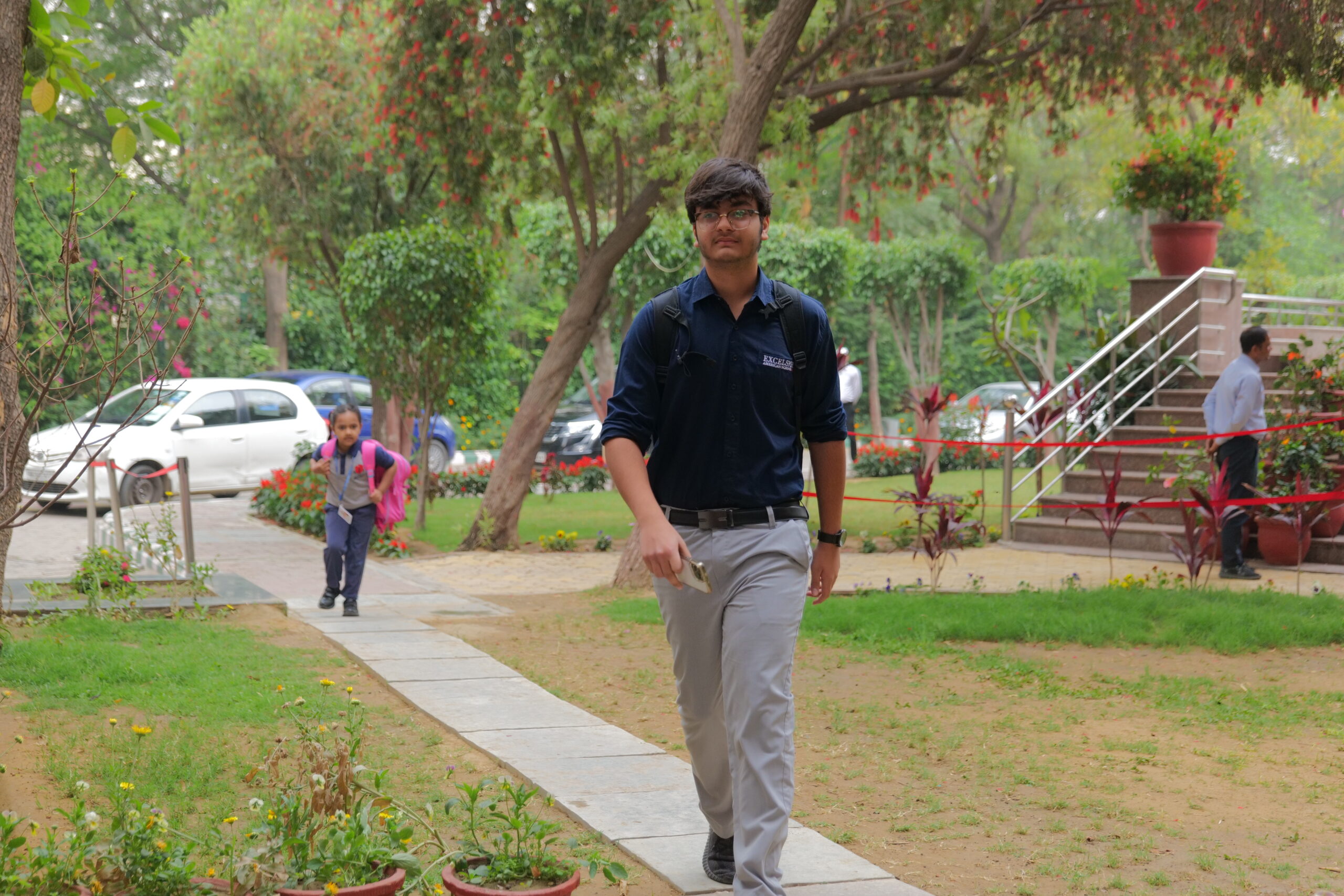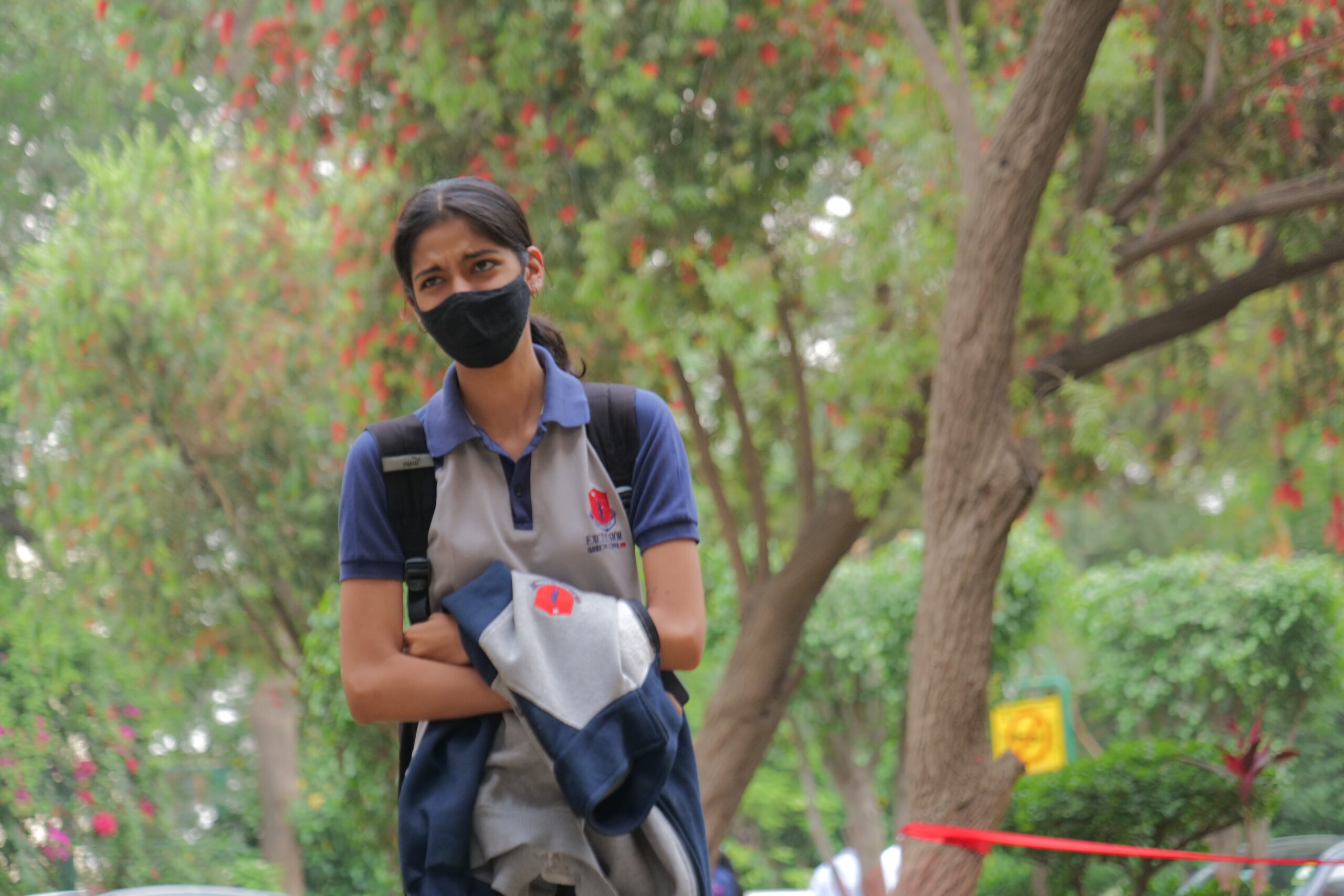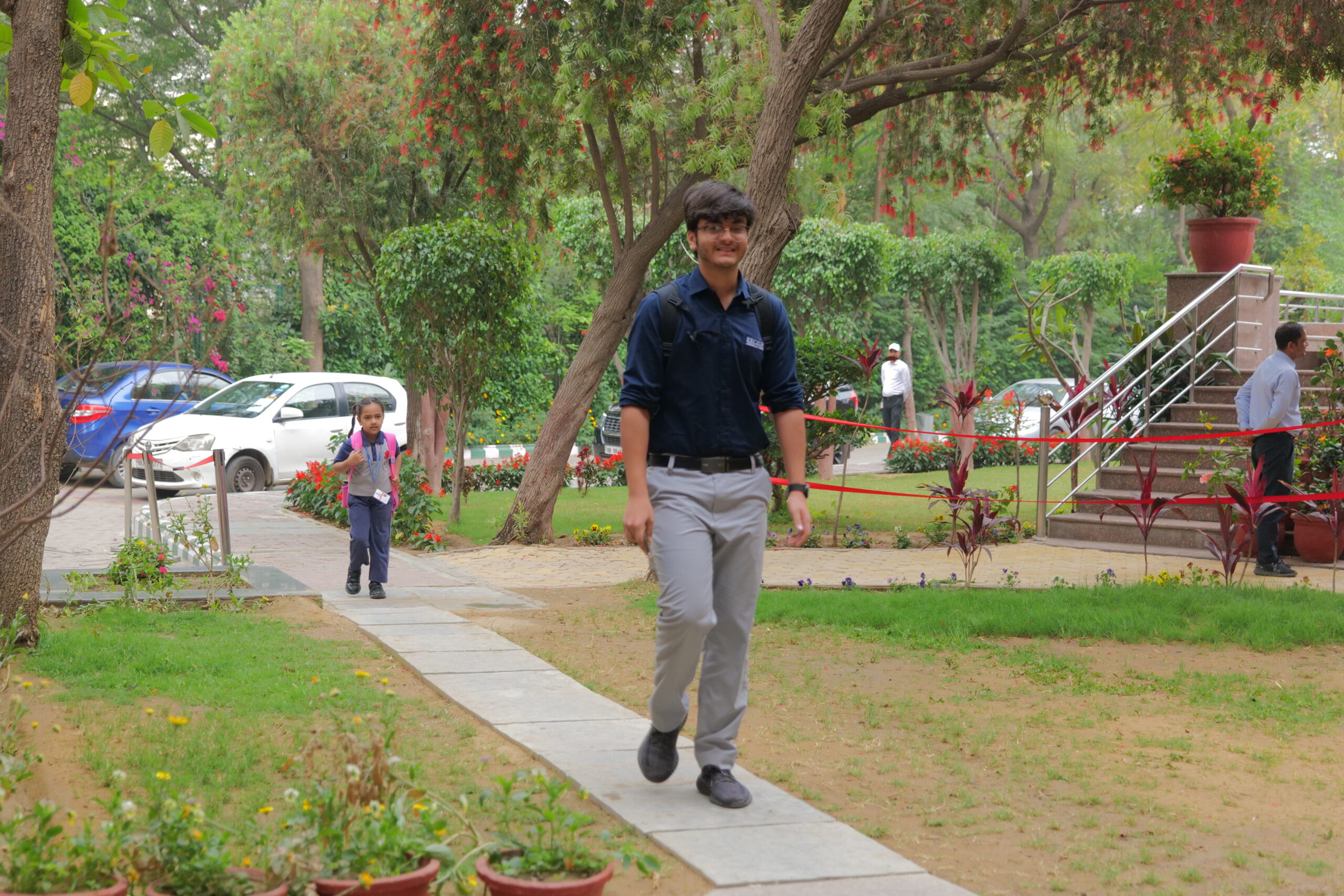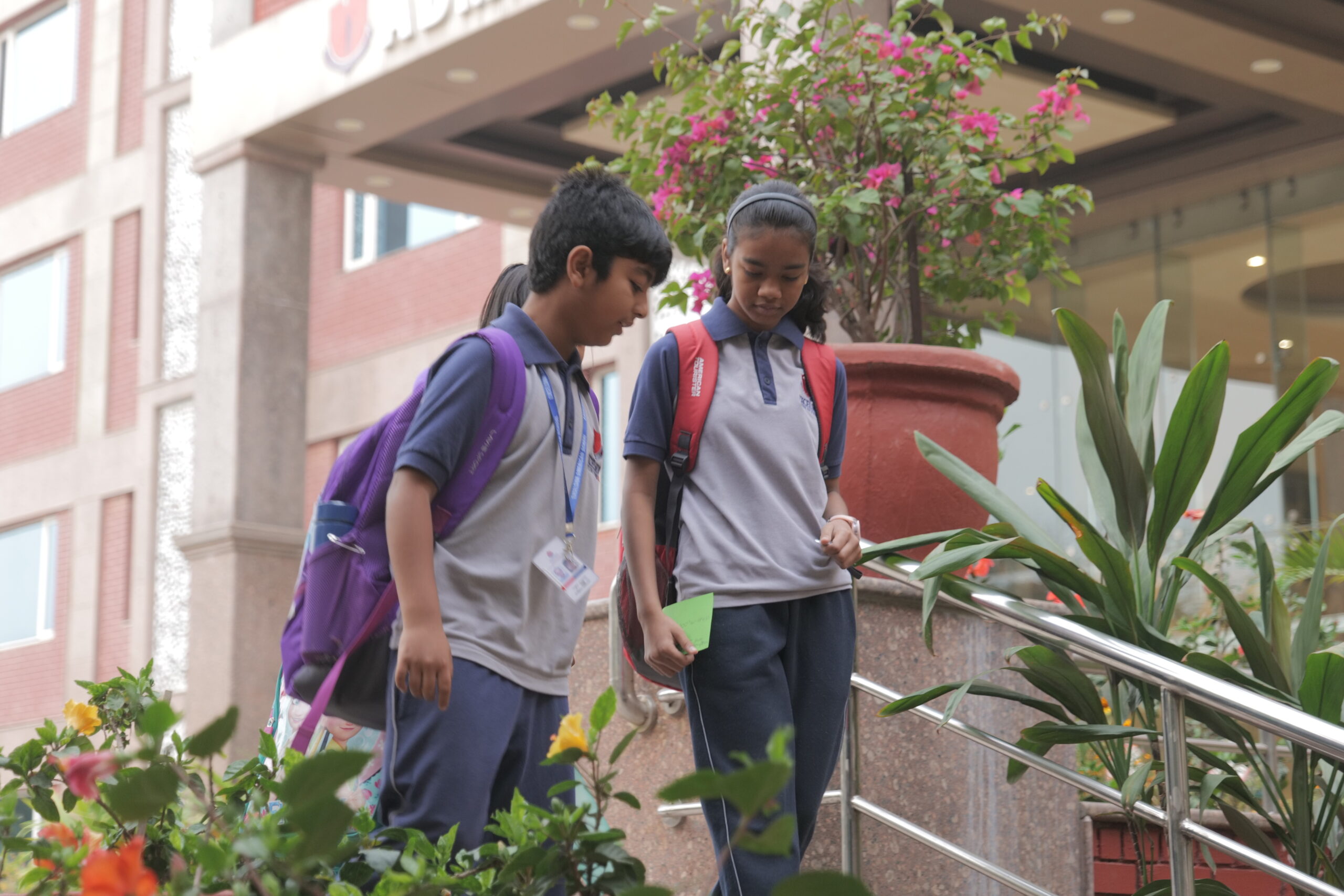Introduction: In today’s competitive educational landscape, quality often comes with a hefty price tag. Yet, for many parents, the financial burden of providing the best for their child can be overwhelming. Primary Schools in Gurgaon where the challenge intensifies in metropolitan areas, where a dizzying number of private institutions offer flashy facilities and soaring fee […]
Introduction: In today’s fast-paced world, education has transformed beyond textbooks and exams. At Excelsior Americans, the Good Boarding School in Gurgaon where modern schools now focus on equipping students with the skills they need to thrive in an era driven by innovation and technology. Parents are no longer just seeking institutions with good board exam
Modern Schools Foster Innovation, Creativity, and Problem-Solving SkillsRead More »
Introduction: In the evolving landscape of education, the definition of a successful school has expanded far beyond standardized test scores and academic rankings. At Excelsior Americans, the Best School in Gurgaon where a truly effective school is one that recognizes and nurtures the unique potential of every child—whether they are slow learners who require additional
How Leading Schools Support Slow Learners and Gifted Students AlikeRead More »
Introduction: The relationship between education and environmental responsibility has taken on urgent importance in the 21st century. At Excelsior Americans, the Top IB Schools in Gurgaon where with rising environmental challenges, especially in urban landscapes, schools are no longer just academic institutions—they’re change-makers. They shape young minds to think, act, and lead with environmental consciousness.
Top Green & Sustainable Institutions Promoting Eco-Education in Urban IndiaRead More »
Introduction: A child’s first encounter with school is one of the most formative experiences of their life. It’s where curiosity meets structure, play turns into purpose, and friendships become the first lessons in empathy and cooperation. At Excelsior American, the Primary Schools in Gurgaon where the early years of schooling shape not only a child’s
Why the First School Experience Matters for a Child’s Growth JourneyRead More »
Introduction: In today’s fast-changing world, education is no longer just about securing good grades—it’s about developing skills, values, and habits that last a lifetime. At Excelsior American, the Top 10 Schools in Gurgaon where parents today want schools that do more than prepare children for exams—they want institutions that nurture lifelong learners. If you are
A Parent’s Roadmap to Choosing Institutions That Inspire Lifelong LearningRead More »
Introduction: One of the greatest challenges students face in today’s fast-paced world is learning how to manage time effectively while building personal discipline. Beyond textbooks and academic grades, schools are expected to prepare learners for a life of balance, responsibility, and efficiency. At Excelsior American, the Top Day Boarding School in Gurgaon where extended schedules,
How Extended Schedules Build Discipline and Time Management at EASRead More »
Introduction: In today’s rapidly changing world, education must prepare students for far more than exams and grades. At Excelsior American, the Top 10 List of IB Schools in Gurgaon where it should nurture the ability to question, analyze, innovate, and create. This is precisely why the International Baccalaureate (IB) curriculum has become a sought-after choice
Critical Thinking and Creativity: Core Pillars of IB Learning at EASRead More »
Introduction: Every skyscraper stands tall because of the strength of its foundation. At Excelsior American, the Top Primary Schools in Gurgaon where the same principle applies to education. The formative years of a child’s schooling—often known as foundational learning years—determine how well they grasp knowledge, build habits, and develop character for life. Parents who explore
Why Foundational Learning Plays a Vital Role in Later SuccessRead More »
Introduction: Every parent aspires to provide their child with the best possible education—a place that nurtures not only academic brilliance but also creativity, confidence, and character. At Excelsior American, the Top 10 Schools in Gurgaon where the educational landscape has grown far more competitive in the last decade, and parents often find themselves at crossroads:
How to Choose Between the Most Recognized Learning HubsRead More »


